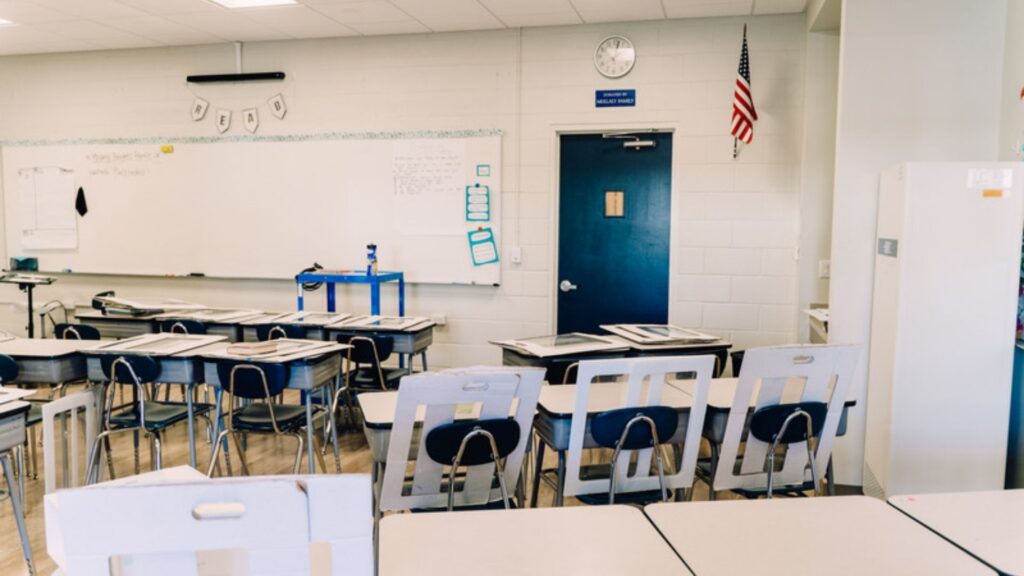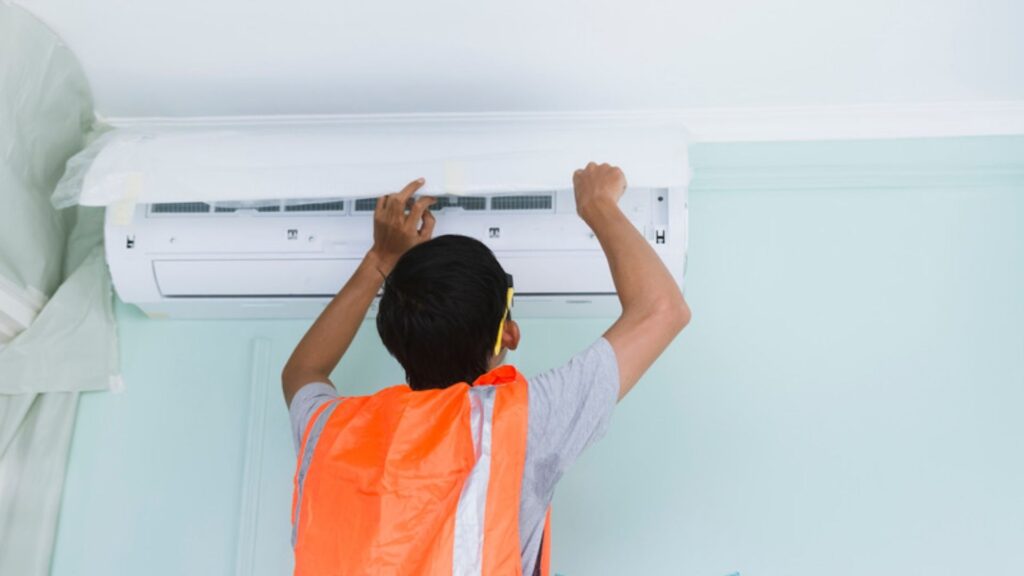Students Returning To Schools With Better Air Quality
More students are returning to school buildings this year with better air quality via classroom ventilation.

Air quality is a big issue for large buildings. After the pandemic response and renewed concerns over public health and combating viruses, many schools have updated their classroom ventilation. This is thanks to the billions of dollars that were approved through COVID relief funds.
Classroom ventilation impacts students greatly. Breathing in healthy clean air promotes good circulation to boost immune systems, better brain activity, and reduces infection transmissions. This information helped southeast Ohio’s Gallipolis City School District decide to allocate $4 million in HVAC unit refurbishing. Five locations received updates to HVAC systems which switched to high-quality filters.
Despite this, a June CDC report calculated the changes schools have made by February and March of this year and found that less than 40% of schools sampled had worked to improve classroom ventilation. Many rural schools are said to need updates but are unsure of how to access funds. This is becoming a more pressing issue being that COVID relief money expires in the fall of 2024 and with the new school year starting, many districts will have to make future updates next summer or later if they do not wish to disrupt classes with installation.
These long-term adjustments are investing in student and faculty health regardless of pandemic concerns and ensure that students with chronic conditions like asthma are able to breathe easier. Various schools were overwhelmed by the changes which took place in 2020, and some found it difficult to know exactly where to spend their relief funds. Some schools even utilized these pandemic dollars to insert critical race theory into schools. Thankfully various districts across the nation have taken their taxpayer-funded government aid and used it to improve classroom ventilation.
Even so, classroom ventilation has proven to be of grave concern when it comes to public health. College students residing in poorly ventilated dorms were around three times more likely to get sick than those living in dorms with updated ventilation systems. Researchers also reported that good air ventilation reduced the risk of COVID-19 transmission by 80% in schools in Italy.
Remembering when to change out air filters and ensuring that they are high quality is another way that schools can promote proper classroom ventilation. Schools have received massive amounts of taxpayer dollars to ensure that their facilities provide a healthy place for learning. By updating HVAC units and ensuring that air quality is a top priority, districts can ensure that their funds are used wisely.

Those schools which were not notified of how to access funds, or have been slow to utilize the money due to uncertainty over how it should be spent can apply for an extension. While relief funding is set to expire in 2024, scheduling updates around the student calendar and summer school can be tricky. Districts can apply to extend their COVID funds if they commit to updating HVAC units and improving classroom ventilation with the remaining money that will be used.
This focus on classroom ventilation is a direct use of COVID funding that works to improve student and faculty health. Many parents agree it is a good use of the money. In order to ensure that everyone involved is enjoying a proper learning environment, good air quality allows students and staff to breathe easier.







